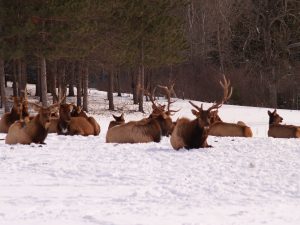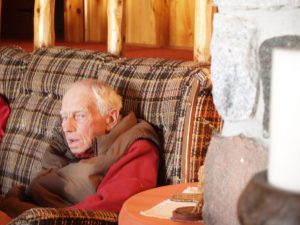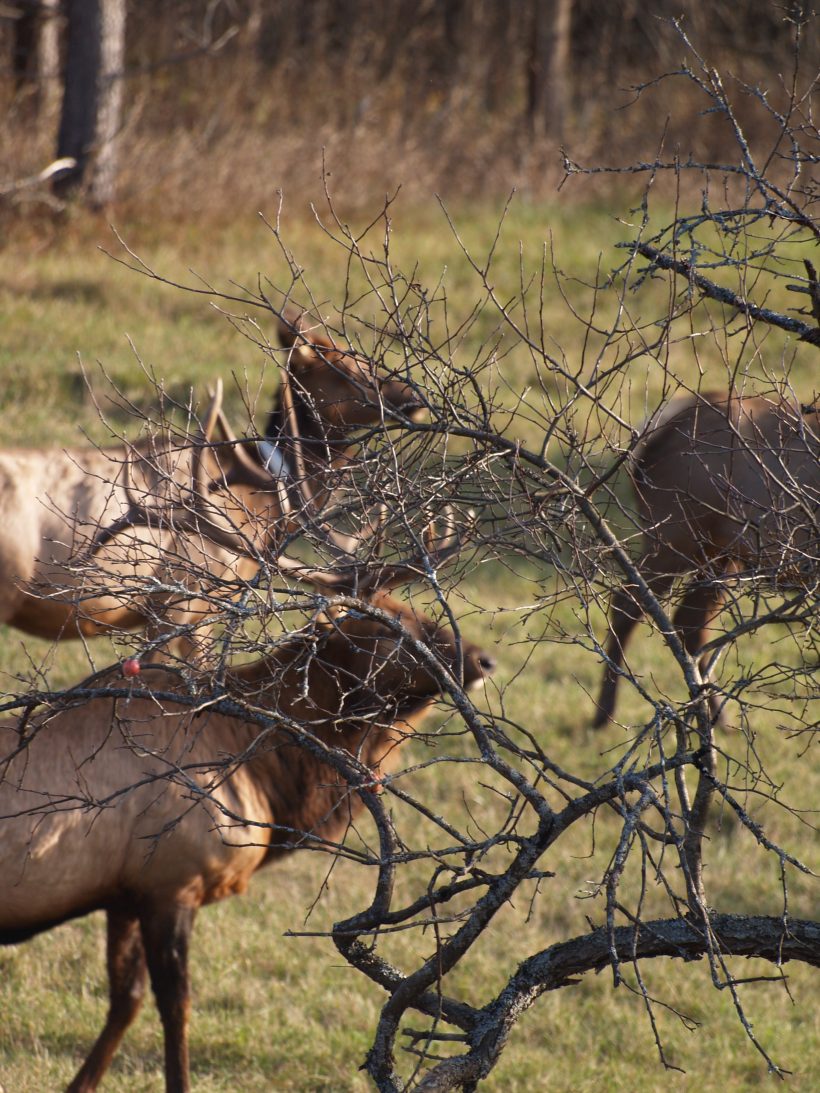LETTER to the EDITOR
The following letter to The Bancroft Times was published October 28, 1999. The author proved to be one of the most dynamic supporter volunteers that most programs can only hope for – let alone realize.
About 1950 a hunter from Percy Bloom named Frank Midgely and his hunting buddies returned from their deer hunting camp near Sandy Lake, north of Havelock with the animals they had harvested. There were several deer and four elk on their trailer parked near the present Fire Hall in Campbellford. As I lived close to the Fire Hall then, as now, I went and viewed them. I had never seen an elk (dead or alive) until then. I was about twenty years old and had deer hunted for about five years.
The Provincial Elk Restoration Advisory Committee (PERAC) and the Minister of Natural Resources announced on July 12, 1999 that Bancroft and Kenora would be the areas for Elk Restoration. The area of release near Bancroft is between Ginn Lake, 6 miles south of McArthur’s Mills and the north end of Weslemkoon Lake. On a straight line this is only about 50 miles north-east of Campbellford. This could be beneficial to enhance tourism in this area as well as Bancroft’s.
In the early 1900s a group of five hunters from Fort Saskatchewan got together to talk about and plan for the protection of nature in that area. Fires had blackened the hills, woods and grasslands of what is now Elk Island National Park. These hunters lamented about the lack of game and that their grandchildren might never see an elk peering over the top of a hill, snorting and retreating back into the forest. These gentlemen put talk into action, and with the help of a sympathetic government in 1906 Elk Park was created as a sanctuary for the last herd in the area. This park is about 35 km east of Edmonton. In 1913 Elk Island National Park was created, a national park that not only protects elk but many other animals and as many as 250 varieties of birds.
The following is the count of animals in the Park based on an aerial survey in 1999. Plains Bison 600; White-tailed deer 235; Wood Bison 350; Coyotes 100 est. ; Elk 1850; Beaver 500 est. ; Moose 335.
The area of Elk Island National Park is 195 sq. km or 126 sq. miles. There is a major highway going through it, east to west, Provincial Highway #18. Therefore there are two parts to this park, north of Hwy #18 and south. Both parts are completely fenced. In comparing this park to the Township of Seymour, Elk Island is only slightly larger.
Can you imagine the Township of Seymour having 4,000 big game animals living in and off the vegetation in 120 square miles? I do not know how many cows are in the Township. Perhaps – someone could produce that number.

Back in 1900, five hunters in the small settlement of Fort Saskatchewan were interested in trying to give the animals a better home, which they have done, the present day preserve of Elk Island National Park.
In 1999 and 2000 concerned caring hunters in Bancroft and district are striving to give animals a better home. Three of the stalwarts from Bancroft, all hunters, are John O’Donnell, a Paramedic and Ambulance driver at Bancroft Hospital; Barry Wannamaker is the administrator of the Town of Bancroft; and Kevin Hockley, an artist and taxidermist. Just a note to those who have seen the Algonquin Visitors Centre is to say that you are viewing the excellent work of Kevin Hockley. Congratulations Kevin! There are many willing workers, too numerous to mention. A special thanks to all of you.
The Elk Restoration Committee of Bancroft has given freely of their time, knowledge and money to make this restoration a reality. We in this area should be helping them. It would be an important factor to promote tourism in this area.
Please consider a cash donation to this worthy but costly project. Please contact one of the “Northumberlanders Against Incompetent Government” (NAIG) members listed: Ron Isaac, Neil Nicholas, Gene Dewey, Aaron Nicholas, Joe Watson, Murray Locke. Thanks for your consideration in this worthy project.
NAIG has already sent 175 bales of hay to help feed

the elk.
Murray Locke
Regarding tourism it remains to the elk to blow their own horn. By the way, did you know that a bull elk can stand 5 feet at the shoulder and weigh in excess of 700 pounds?
